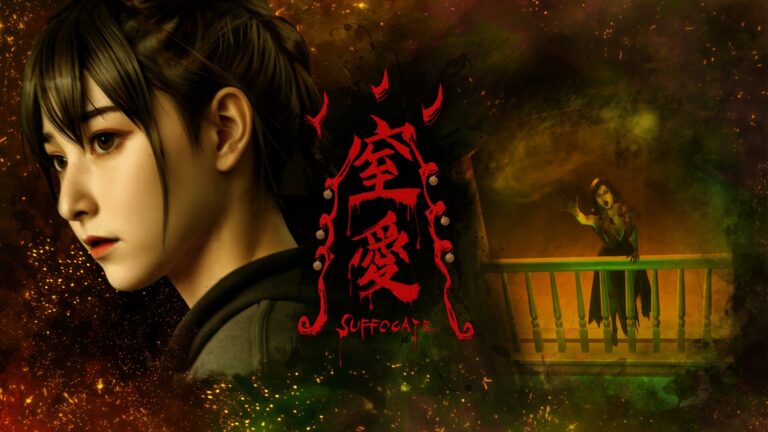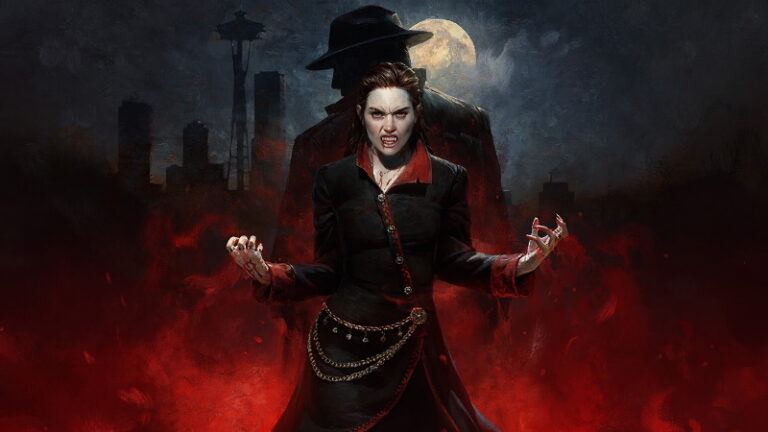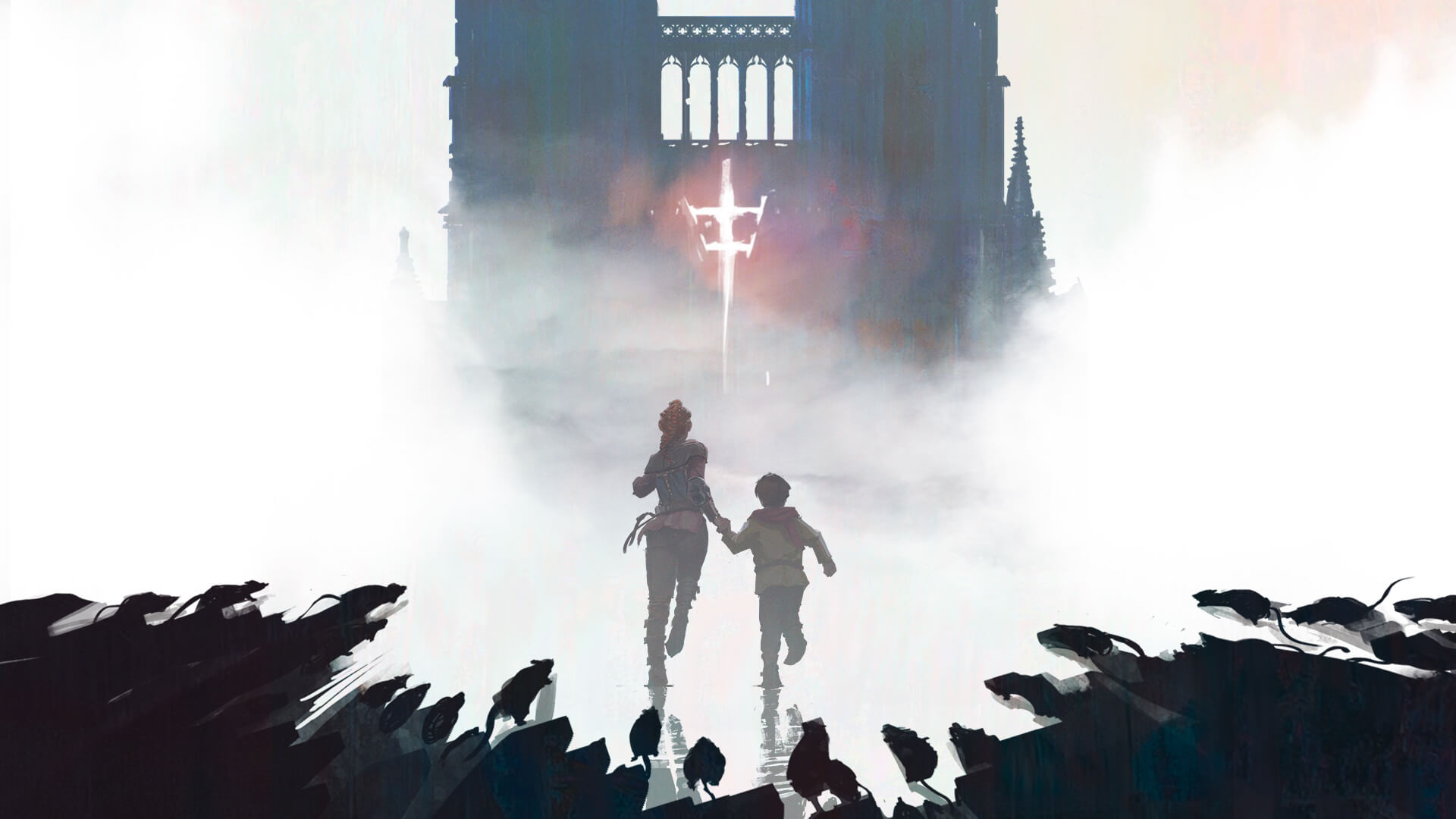
Sandwiched between the first half of the year (Resident Evil 2, Mortal Kombat 11), and the latter half (Doom Eternal, The Outer Worlds), I desperately hope that a gem like A Plague Tale: Innocence doesn’t get lost in a sea of higher-profile titles. Despite its humble background (developer Absobo Studio basically just made licensed tie-ins up until now, with the exception of co-developing ReCore with Comcept), A Plague Tale delivers an emotional and chilling fantasy epic that gaming hasn’t really had in a while.
Set during the Hundred Years’ War and the onset of the Black Death, A Plague Tale follows the bloody and transformative journey of two children — Amicia and Hugo De Rune, children of well-to-do French nobles thrust into the heart of a horrific adventure most would (and shall) not survive. Hugo, stricken with an unnamed disease, has been kept under lock and key by his mother, with alchemists attempting to find a cure, leaving Amicia growing up without ever really knowing him. Suddenly forced into a race for their lives as the grand inquisition (no not that one) slaughters their parents and destroys their family villa, searching for Hugo of all people, the pair are left with nothing but fear and questions. On top of all this, a dark and alien evil appears to be infesting the land, pouring in from the very veins of the earth, consuming all. Part Game of Thrones, part The Last of Us, this journey is as much about learning to truly love each other as siblings (after years of isolation from each other) as it is survival.
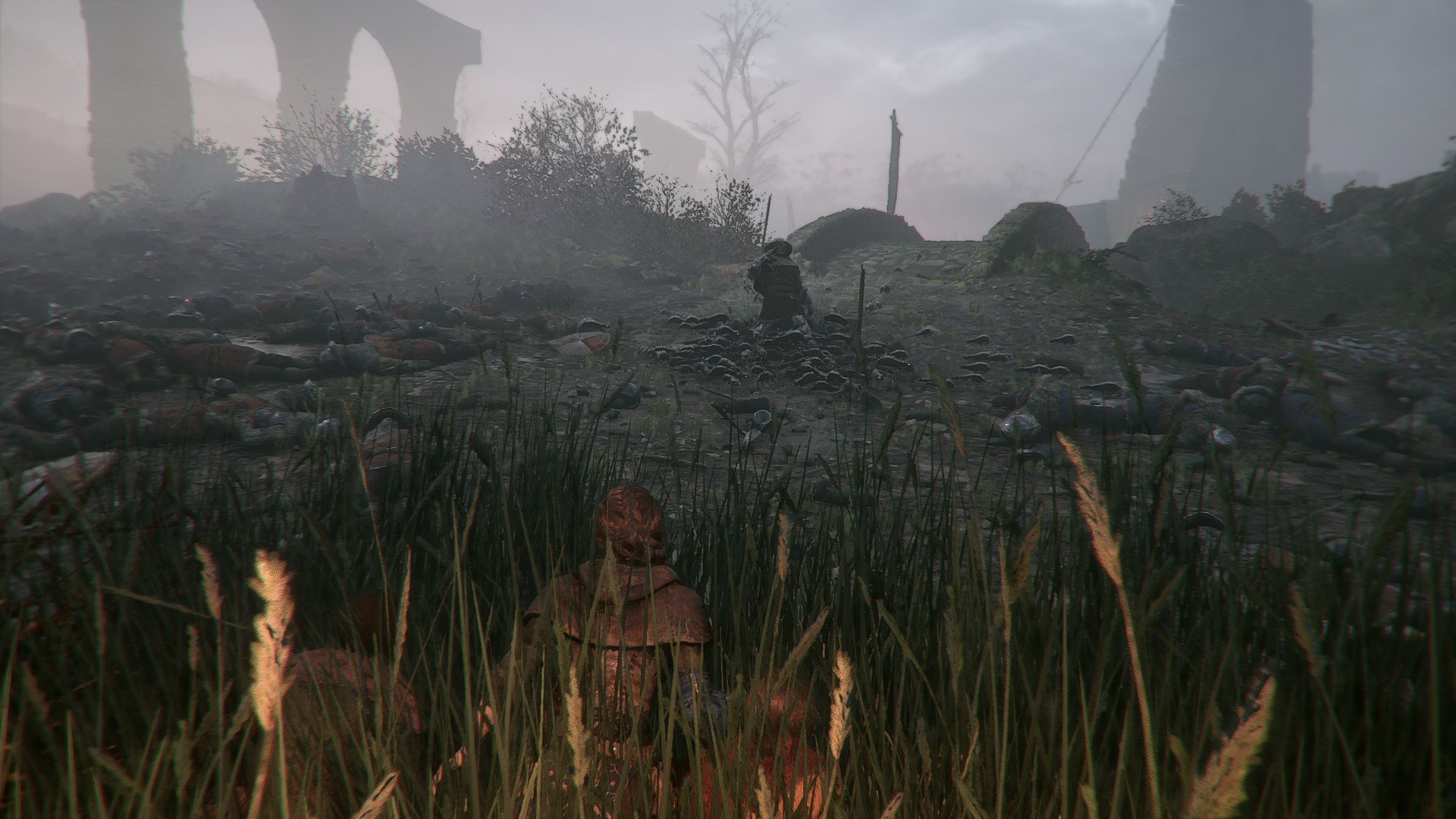
Taking control of Amicia, the gameplay is laid out in three distinct segments: stealth, puzzles, and action. Each of these is separate from each other in the same obvious way it is in The Last of Us — situations make themselves very clear which aspect you’ll be dealing with, each at a time, and never mixing. The DNA of each section takes clear inspiration from a number of games, and you’ll find each mechanic familiar in their own ways as you come upon them slowly. Stealth sections are nearly identical to The Last of Us, even down to basically the same audio and visual cues to indicate the Inquisition soldiers awareness. You do have a weapon at your disposal: a sling to whip rocks with deadly force at oncoming enemy heads, but it requires quite a bit of wind-up and is virtually useless from close range. You also have to craft ammunition for the sling, with resources scattered across the world; you can upgrade your sling and other facets of your arsenal at workbenches. Action is more focused on this, with special enemies requiring different kinds of slung objects to take down (each one doled out to the player as the situation requires them, which does admittedly feel a bit clunky). Armored foes require a special acid to burn their helmet, forcing them to yank it off and expose their pasty pâté to incoming rocks — others require strategic use of a chemical that can dowse fires, leaving them open to the Swarm (but we’ll get into that further down). There are also a handful of boss fights that require some fun Zelda-style picking off of armor and timing.
Puzzles are perhaps the most interesting to me, as they appear to borrow from two distinct sources, one more recognizable than the other. The main influence is The Legend of Zelda, utilizing multiple variations of crank turning, tried-and-true object pushing (although that, again, has Last of Us vibes), and environmental “how do I reach that from here?” brain teasers. The other influence was a big surprise to me, as it drew from one of my favorite hidden gems of the sixth generation, Peter Jackson’s King Kong. Fire is your most pivotal tool, lighting fire-pits nearby of course, but using your sling to light far away torches and burn small paths through the Swarm to race across before fizzling out. Hugo, as well as a number of other allies, can be ordered around to carry out specific actions while you complete your half of the task, each step small but necessary. You can also use both animals and humans to distract the swarm for a precious window of safety, even if occasionally a bit sad or cold (not always corpses, I’m afraid).
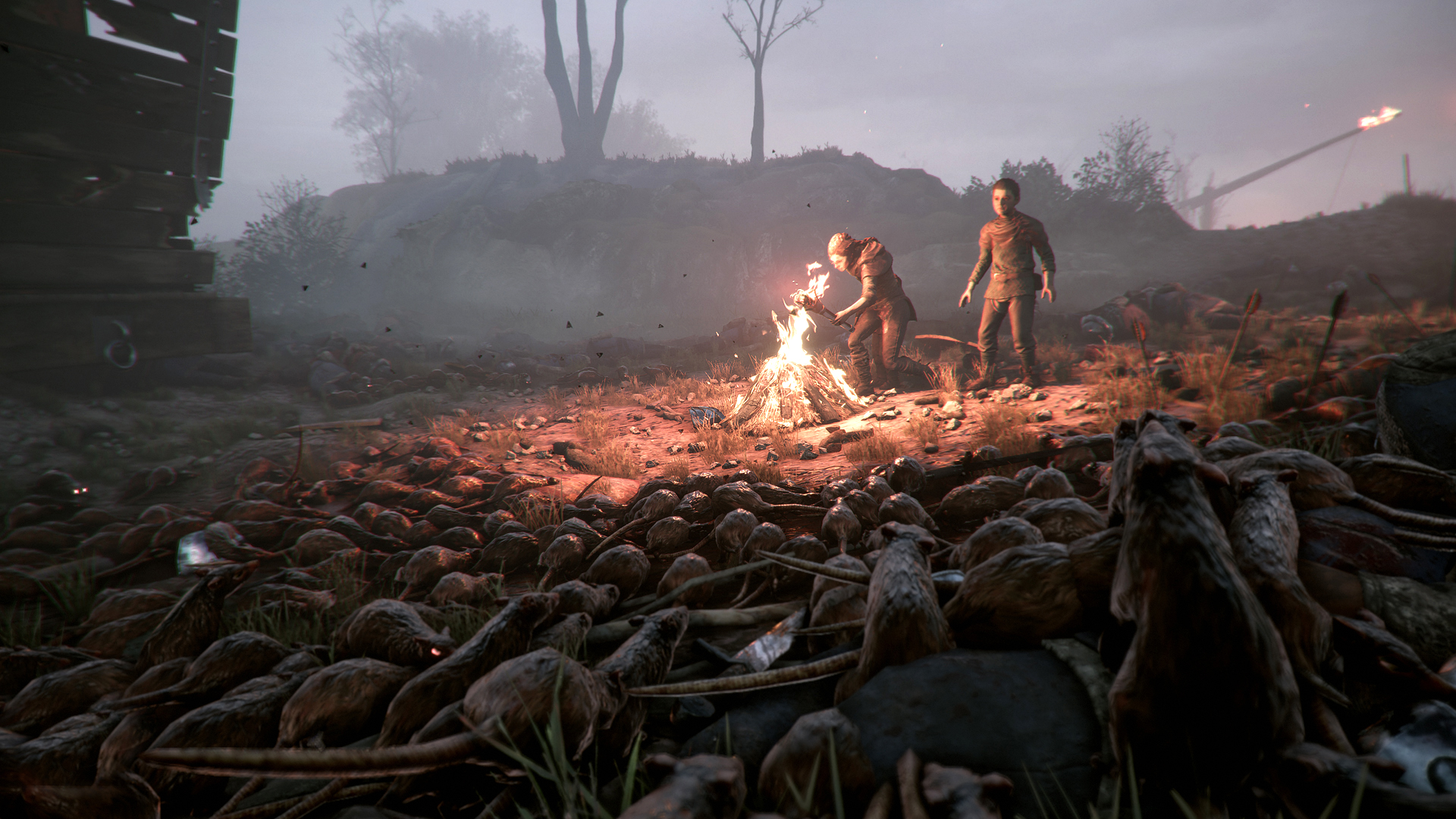
This leads us to the final lynchpin (and selling point) of A Plague Tale: the Swarm. They’re an endless sea of vicious and deadly plague-infested rats, hungry for flesh and unstoppable by anything other than light and fire. If marketing had led you to believe this was some sort of historical fiction, taking an otherwise realistic and grounded approach to one of the most hopeless chapters in human history, allow me to dispell that for you right now. The Swarm is a cartoon interpretation of rats, made up of pure and obvious fantasy that goes from “okay, sure, whatever” to Resident Evil-tier goofiness by games end. That isn’t to say they aren’t legitimately terrifying and gross — with a skillset of tricks reminiscent of The Mummy‘s scarab beetles (skeletonizing whole humans in a matter of seconds) and the Xenomorphs of the Alien franchise (building grotesque nests from the remains, stretching for miles underground). These festering, near-liquid beasts flow and pool through the darkness in search of flesh in massive waves that are quite impressive to behold. While the AI will occasionally flip out when cornered, the engine handles them well, and matched with tremendous audio design (using real rats sounds for once rather than bat chirps + chilling music and audio cues) makes for never-ending tension.
Fire is used as both a way to destroy and control the Swarm and how and where to use it isn’t always obvious. Both lighting and putting out fires are necessary to corralling them, as any attempt to attack is suicide. You do have a “get out of jail free” weapon that will instantly vaporize any rats that start to overtake you if you get too far away from the light, but it’s expensive to craft and ineffective as a direct weapon when faced by hundreds (occasionally thousands) of the little suckers. Seeing them spread out across the landscape is formidable as hell, and the occasionally overwhelming numbers can lead to panicked decisions. The bloody wake they leave is also a sight to behold, both from spectacle as well as horror. There were multiple spots where I found myself wincing at the sights this game had to show me, and I’m no slouch when it comes to gore. Context is the key to good presentation of violence, my friends.
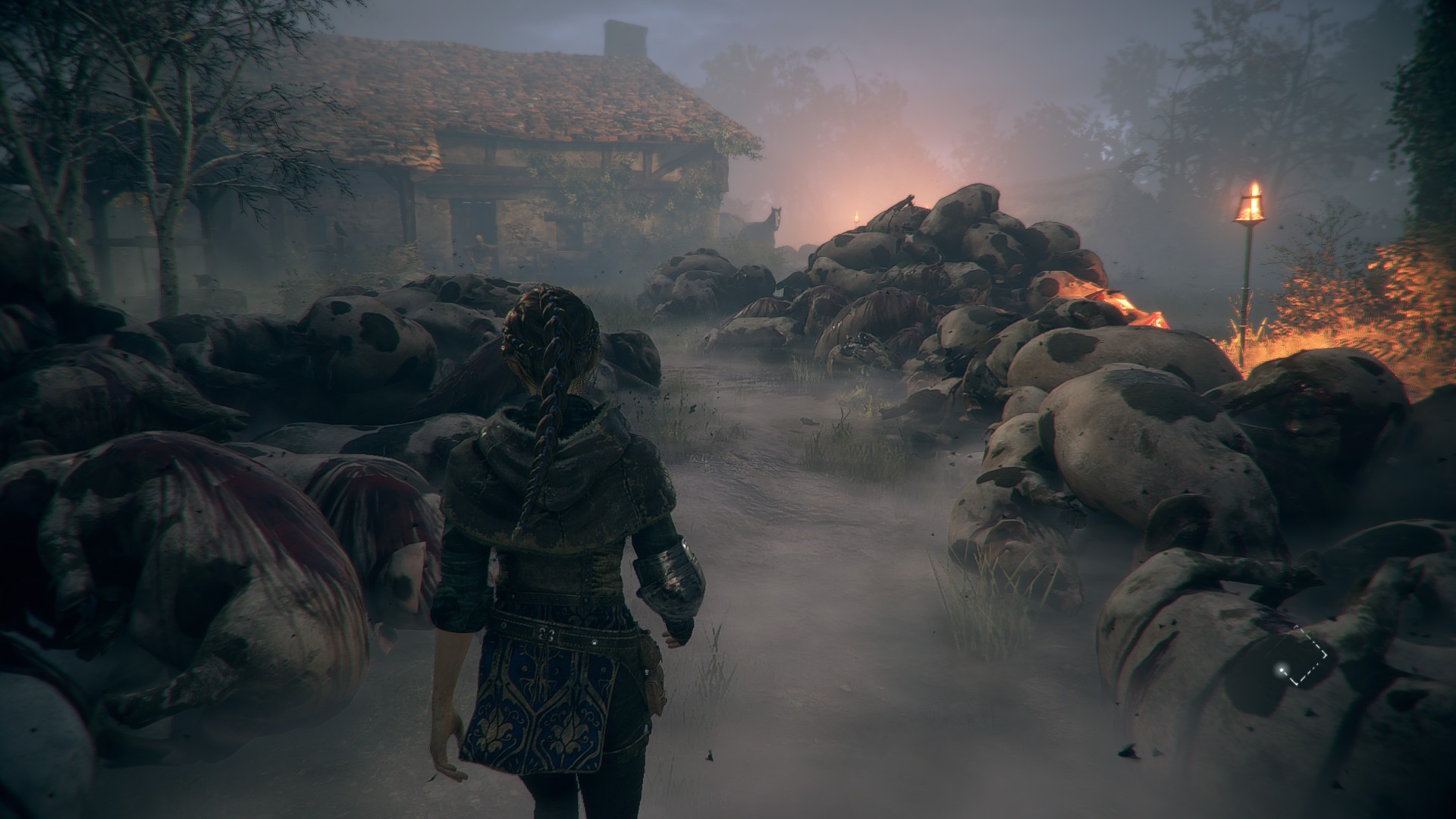
Presentation, in general, is one of the strongest aspects of A Plague Tale. Locales are stunning, whether by beautiful landscapes or horrific gore, a tremendous (largely string) orchestral score nails the tone, and characters that all have a wonderfully detailed grit and realism to them sell this epic on a AAA scale. I was actually rather impressed by the character design, as the often mocked “beauty standards” of women in games takes an interesting turn here. Amicia and multiple other female characters as well are portrayed as conventionally attractive but scared and battered by the harsh reality they live in. A noticeably shredded looking scar across Amicia’s chin, as well as a broken nose from an early encounter, round her out as a real-feeling human in a setting as grim and relentless as the one we inhabit. Amicia’s journey from innocent teen to somewhat cold (and violent) protector is also sold incredibly well by the performance of Charlotte McBurney. The rest of the performances and writing vary from character to character, some doing their job well enough, while others noticeably sub-par. I was especially disappointed by the handling of the Darth Vader-esque character Nicholas, the helmeted Inquisitor who murdered Amicia’s parents and personally hunts her down for much of the story is given a humdrum voice and dull performance that also (literally, as the actor does both) belongs to other random guards. C’mon man, you can’t sell me this villainous badass and then make him sound like any other random jerk complaining about having to piss while on night watch.
The one that suffers most, however, is poor Hugo. While the performance itself is fine (provided by Logan Hannan), the writing is simply all over the place. Yes, he is a child, yes he is suffering from some weird fantasy disease, but the character whiplashes sharply between helpfully competent and story-stoppingly stupid. Gameplay portrays him as a smart, if frightened, child caught up in a whirlwind of horror. He follows directions well enough and holds Amicia’s hand on command. In the story, however, he’s an oblivious lump who seems to retain nothing of the terror that surrounds them at every single arch of the journey. Due to running off on his own or screaming like a lunatic in the midst of enemy encampment, he quickly becomes a frustrating thorn in the narrative bouquet. This “Ludonarrative dissonance” culminates into a bewildering last act where both versions of this character (the competent child and brick) are thrown out in favor of something else entirely for the sake of gaining an extra dimension to gameplay. It feels as if the writers of A Plague Tale wanted to tell one specific journey for this character, but couldn’t figure out how to make him grow in the same way as they had Amicia and gave up.
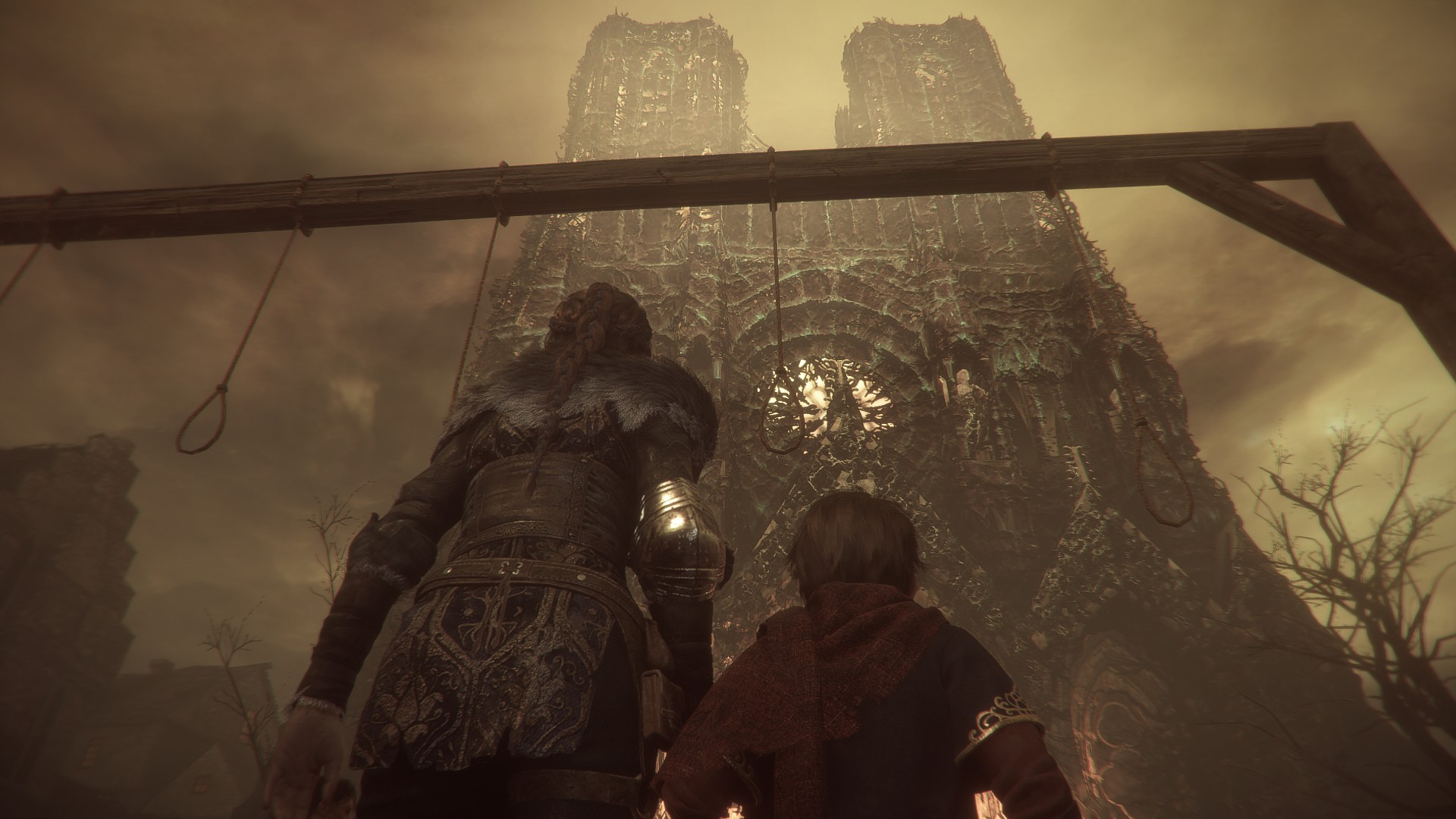
Overall, though, A Plague Tale was a thoroughly engrossing experience that I found myself barreling through with glee. Small snags along the way did nothing to dispell the wonder and horror I felt while playing. I genuinely hope this game gets the attention I feel it deserves because I’d love to see more from this world. A minor time jump could help iron out some of the problems, like with Hugo, or maybe even a major one to see what this team could bring to a more modern setting (I would adore this same game set in depression era America, as an example). Regardless of possibilities, as a stand-alone adventure, I couldn’t take my hands off the keyboard and look forward to playing it again in a year or so — for the sake of allowing my mind to forget some of its shocks. This has either sleeper hit, or “top ten hidden gems” written all over it, and I hope it gets the former.
 (8.5 / 10)
(8.5 / 10)
Great
 (8.5 / 10)
(8.5 / 10)Rely on Horror Review Score Guide
Steam PC code was provided by the publisher for review.
Specs: i7-7700 Quad-Core 3.6GHz, NVIDIA GeForce GTX 1070 8GB, 16GB DDR4

